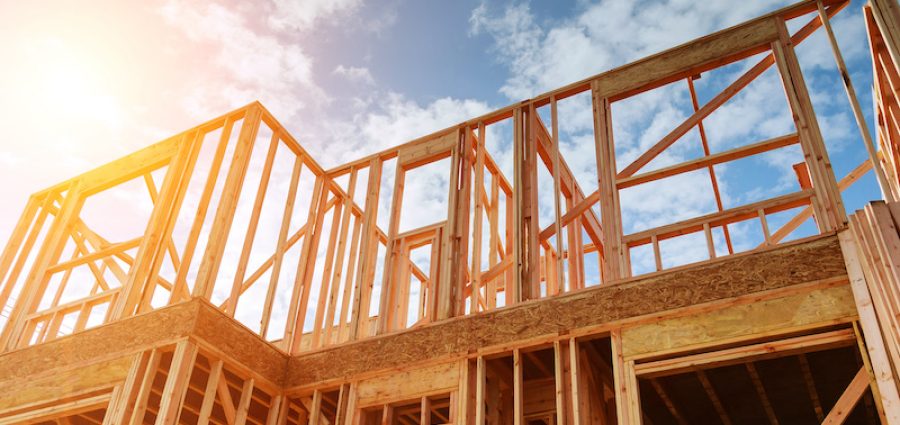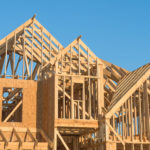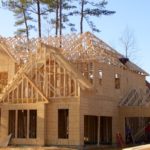U.S. construction spending increased overall in December, though spending was down monthly in nearly a dozen nonresidential subcategories, according to the U.S. Census Bureau and a data analysis from Associated Builders and Contractors.
Construction spending during December 2021 was estimated at a seasonally adjusted annual rate of $1,639.9 billion, 0.2% above the revised November estimate of $1,636.5 billion. The December figure is 9.0% above the December 2020 estimate of $1,504.2 billion. The value of construction in 2021 was $1,589.0 billion, 8.2% above the $1,469.2 billion spent in 2020.
Spending on private construction was at a seasonally adjusted annual rate of $1,292.9 billion, 0.7% above the revised November estimate of $1,283.8 billion. Residential construction was at a seasonally adjusted annual rate of $810.3 billion in December, 1.1% above the revised November estimate of $801.1 billion. Nonresidential construction was at a seasonally adjusted annual rate of $482.6 billion in December, virtually unchanged from the revised November estimate of $482.7 billion.
The value of private construction in 2021 was $1,242.8 billion, 12.2% above the $1,107.9 billion spent in 2020. Residential construction in 2021 was $774.9 billion, 23.2% above the 2020 figure of $628.9 billion and nonresidential construction was $467.9 billion, 2.3 percent% below the $479 billion in 2020.
In December, the estimated seasonally adjusted annual rate of public construction spending was $347 billion, 1.6 percent% below the revised November estimate of $352.7 billion. Educational construction was at a seasonally adjusted annual rate of $81 billion, 1.4% below the revised November estimate of $82.2 billion. Highway construction was at a seasonally adjusted annual rate of $103.5 billion, 0.1% above the revised November estimate of $103.4 billion.
The value of public construction in 2021 was $346.2 billion, 4.2% below the $361.2 billion spent in 2020. Educational construction in 2021 was $82.4 billion, 7.6% below the 2020 figure of $89.1 billion and highway construction was $99.7 billion, 0.2% above the $99.5 billion in 2020.
Spending was down on a monthly basis in 11 of the 16 nonresidential subcategories, according to the ABC analysis.
“Much of the increase in nonresidential construction spending is attributable to inflationary pressures, not actual increases in physical output,” said ABC Chief Economist Anirban Basu. “The fact that nonresidential spending was down in December despite rising labor costs and elevated materials prices does not bode well for near-term profitability.
Basu added, “A few segments continue to create a disproportionate share of contractor opportunities. Among those are the commercial segment, which includes construction of fulfillment centers and manufacturing, a segment in which construction spending has expanded more than 30% during the past year. Residential construction also continues to be a hot spot in an environment characterized by scant inventory of unsold homes and rapidly rising rents, and the strength of multifamily construction is arguably one of the most surprising aspects of the economic recovery. Overall, contractors remain confident about the next six months, according to ABC’s Construction Confidence Index.”
Related Posts
-
Census Bureau: Privately‐owned housing units authorized by building permits were 9.1% above the revised November…
-
November 2021 construction spending was estimated at $1,625.9 billion, a 0.4% increase over the revised…
-
Spending during October 2021 was estimated at a seasonally adjusted annual rate of $1.598 trillion,…






